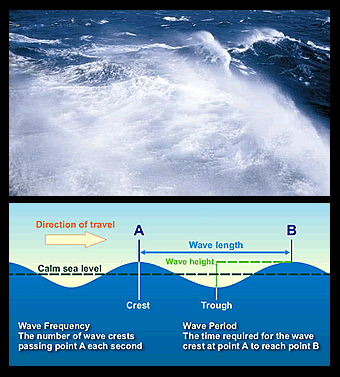Waves might look like chaos (top), but there is a pattern to them (bottom).
Click on image for full size
Top image courtesy of NASA; bottom image courtesy of NOAA
Ocean Waves
Ocean waves are usually formed by wind. Large waves will form if the wind is strong, if it blows over a large distance, and if it blows for a long time.
Waves may look chaotic when they approach a beach –crashing and full of sea foam. However, waves do have organization to them, especially in open water when they are not crashing.
A wave’s highest point is called its crest. The low point between two waves is called a trough. The vertical distance between crest and trough is called the wave height. The distance between two waves is called the wavelength and it is usually measured either from one crest to the next or from one trough to the next. The time it takes for waves to pass is called the wave period.
Why is it important to measure the waves? Sailors look at reports of the size of waves when planning where to travel in their ships. Surfers look at reports of the size of waves when searching for places to surf. Waves have an impact on currents at the coast too.
There are other types of large waves that are very rare such as rogue waves, which often travel alone and not in the direction of the other waves. A tsunami is also a powerful wave that is not caused by wind. Large waves that travel very long distances are called swells.
As waves move into shallow water, the energy in the wave runs into the shallow seafloor. This causes the wave to steepen and eventually to topple over or break.
Last modified September 18, 2008 by Lisa Gardiner.
You might also be interested in:

Wind is moving air. Warm air rises, and cool air comes in to take its place. This movement creates the winds around the globe. Winds move at different speeds and have different names based on their speed.
...more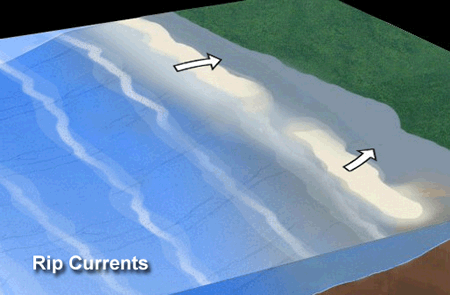
When waves get to the beach at an angle, water moves along the coast in a longshore current. Longshore currents grow stronger when the waves come towards the beach at a large angle, if the waves are large,
...more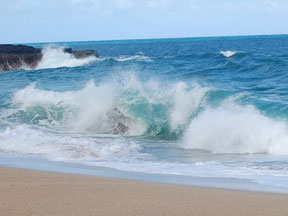
Have you ever been to the ocean? If so, you know that ocean water has salt in it. But did you know that air has salt in it, too? Many types of tiny particles float around in the air. Scientists call these
...more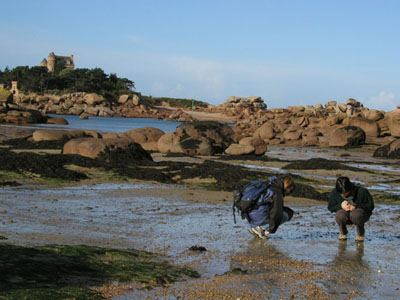
The intertidal zone is the area along a coast that is underwater at high tide and above the water at low tide. Creatures that live in the upper part of the intertidal zone are only covered with water during
...more
Hurricanes form in the tropics over warm ocean water. The storms die down when they move over land or out of the tropics. At the center of the rotating storm is a small area of calm weather and clear skies
...more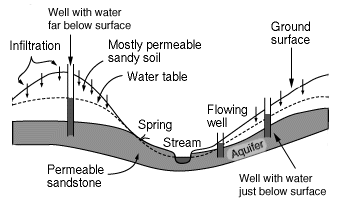
An aquifer is the name for a layer of rock which is capable of holding a large amount of water. Some layers are better at holding water than others, for example a layer of sandstone can hold a good deal
...more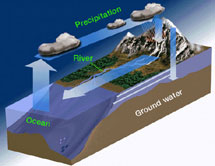
Limestone is an example of a carbonate. Other examples of carbonates include calcite, dolomite, and marble. Limestone dissolves easily in rainwater, especially rainwater which is loaded with carbonic acid.
...more


